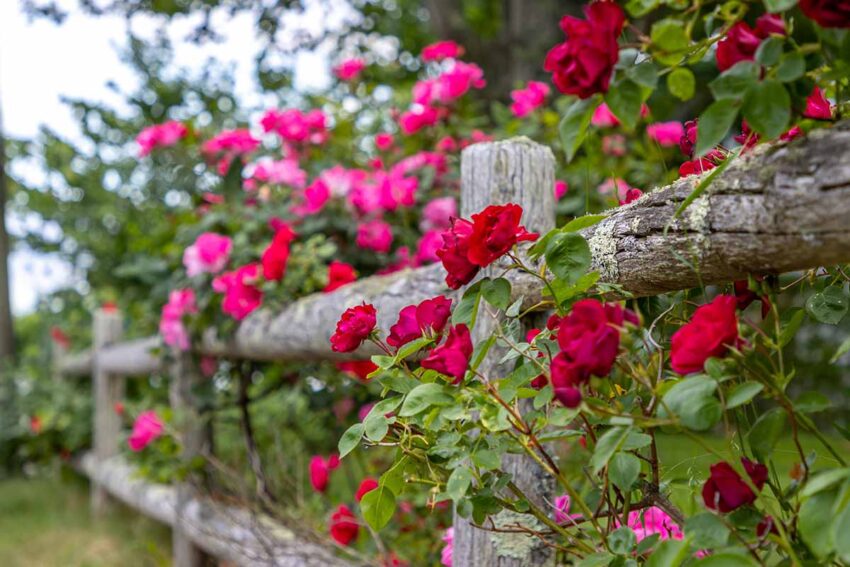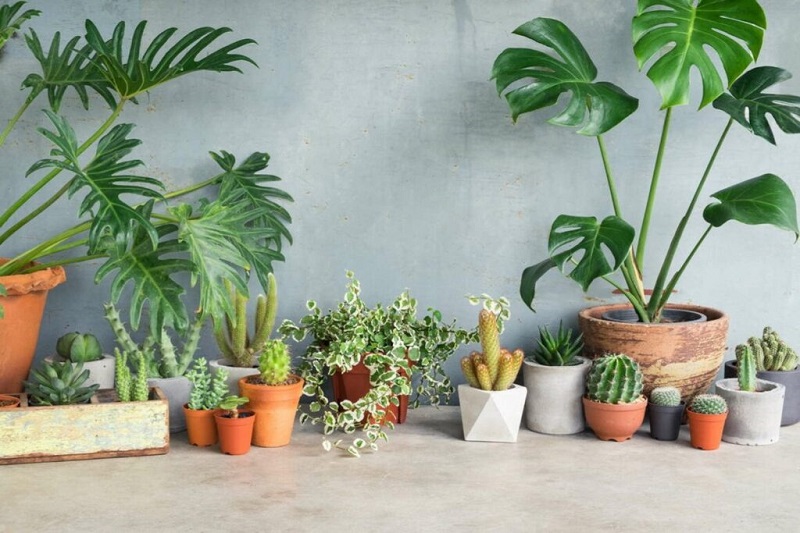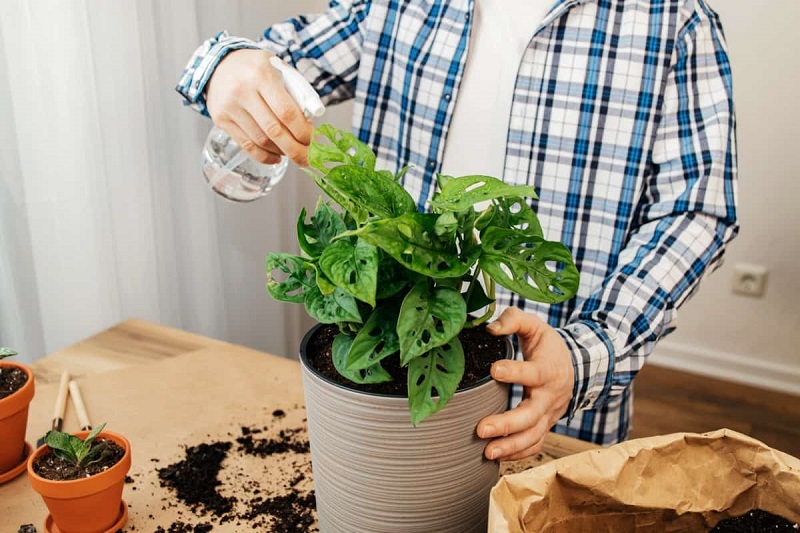Climbing roses are the new bloomers in town. They’re blooming like never before, and the reasons are numerous. From their beautiful appearance to the way they attract attention, they’re definitely worth the effort. But if you’re wondering how to get the best blooms from climbing roses, you’re not alone. Here’s a guide to pruning climbing roses that will maximize blooms and make them bloom longer and healthier.
Choose the Right Spot for Your Climbing Rose

Climbing roses are a popular choice for gardeners looking for beautiful blooms and long-lasting flowers. They require full sun for optimal growth and blooming, so it’s important to choose a spot with plenty of sunlight. Additionally, the mature size and height of the climbing rose should be suitable for the location. This can help to prevent the flower from becoming damaged or toppled by wind. As with any plant, support is crucial to ensure its longevity and thriving. A structure such as an arbor, fence, trellis, or wall can provide this vital support.
To cover a wall with the climbing rose, it’s important to consider eastern exposure as this will protect the leaves from hot afternoon sun. Finally, allow sufficient air circulation so the blooms can fully develop. By following these simple tips, you can enjoy beautiful blooms and long-lasting flowers from your climbing rose garden
Planting and Preparing the Soil for Your Climbing Rose
Growing the perfect climbing rose can be a rewarding and fun experience. However, it involves careful preparation of the soil and regular feeding. Before planting your climbing rose, you need to ensure that the soil is made fertile and well-drained. You can do this by adding organic matter such as compost or shredded leaves to the soil.
You can also add mulch to the soil to provide extra protection from exposure to sun and wind. A good way to support growing climbing roses is with stakes and trellises. Make sure the structure is sturdy enough to support the weight of the plant, but not too heavy that it damages the roots.
When it comes to blooming, climbing roses are best planted in full sun or part sun. However, if you can’t provide full sun for your plant, try growing it in an area with bright but indirect sunlight. Also, make sure that the area is sheltered from strong winds and cold winter temperatures.
Select the Perfect Support Structure for Your Climbing Rose
Most climbing roses can be grown on a variety of supports, including trellis, fences, or walls. When selecting the support structure, consider the size of the rose and its climber, as well as the location of the garden. When growing climbing roses in full sun, select a trellis that is at least 10 inches in diameter to provide adequate support.
When growing climbing roses in partial sun, consider using a trellis that is at least 16 inches in diameter. For gardeners who want to cover a wall with climbing roses, a trellis placed a few inches away from a wall and supported by stakes can help encourage good air circulation and promote blooming.
Finally, when growing climbing roses in shade, consider using a trellis that is at least 24 inches in diameter to provide sufficient support and regulate temperature. When growing climbing roses, it’s important to train them more laterally than vertically to ensure they produce more blooms.
Feed and Water Your Climbing Rose Regularly
– Watering your climbing rose regularly will ensure blooms and continued success.
– Water the plant deeply in the morning before the sun warms the soil, and gradually water it as the sun continues to rise. This will help the plant establish roots and establish a healthy growing environment.
– Avoid overwatering to prevent fungal diseases, which can result in weakened stems and foliage. To avoid this, water the plant only enough to allow the soil to become damp but not so much that the pot begins to fill with water.
– Plant climbing roses in a large, seven to ten-gallon pot for optimum blooms. A balanced compost mixture of peat moss, potting soil, and mulch is ideal for growing climbing roses. When growing in a garden or other outdoor setting, consider setting up a drip irrigation system to keep the soil moist and healthy.
Pruning Tips for Maximum Blooms from Your Climbing Rose
When pruning more than one climbing rose plant, it’s important to sterilize your shears to prevent the spread of disease. This can be done by boiling them in a large amount of water for several minutes or by immersing the shears in a capful of bleach solution.
You can also prevent pruning injuries with a pruning kickback strap or by wearing a safety helmet when pruning. These precautions can help ensure that your climbing roses get the care they need to produce dense blooms and vibrant foliage season after season.
To prune hybrid teas in late winter for maximum blooms later in the season, you can adjust the height of the plant and the length of the cane to suit your preferences. You can also prune old-fashioned climbers just after blooming has stopped for a single blooming in the summer. This will encourage a bushier appearance and help reduce winter damage from ice and snow.
You can also clear fallen leaves from your garden after autumn has come to an end to prevent fungal infections such as rust and blackspot.
Get Ready for a Summer of Color with Climbing Roses
A summer season full of vibrant colors is waiting for you with Climbing Roses such as the award-winning ‘Rosa Summer Wine which has coral-pink flowers with golden centers and striking red anthers.’ With ‘Eden’ Climbing Rose, admire huge blooms in shades of pale pink, cream, and soft yellow. Add a splash of yellow to your garden with ‘Joseph’s Coat’ Climbing Rose, which blooms cupped, semidouble flowers in a yellow and cherry red blend. For a pop of pink, consider ‘New Dawn’ Climbing Rose, which produces petal-packed blooms of the softest pink. With these roses, you can also enjoy long flowering periods and bright colors all year long.
Conclusion
When you choose climbing rose plants, you can have the best of both worlds. The climbing rose plant can bloom all season long and thrive in less-than-ideal growing conditions. If pruning is done correctly, blooms can be guaranteed for spring and summer. Additionally, climbing rose plants can bloom abundantly in the spring and early summer when spring temperatures are still mild. If pruning is done correctly, blooms can be guaranteed for spring and early summer. Comment below and tell us which climbing rose plant you’re growing this season!
If you like to read more click here








